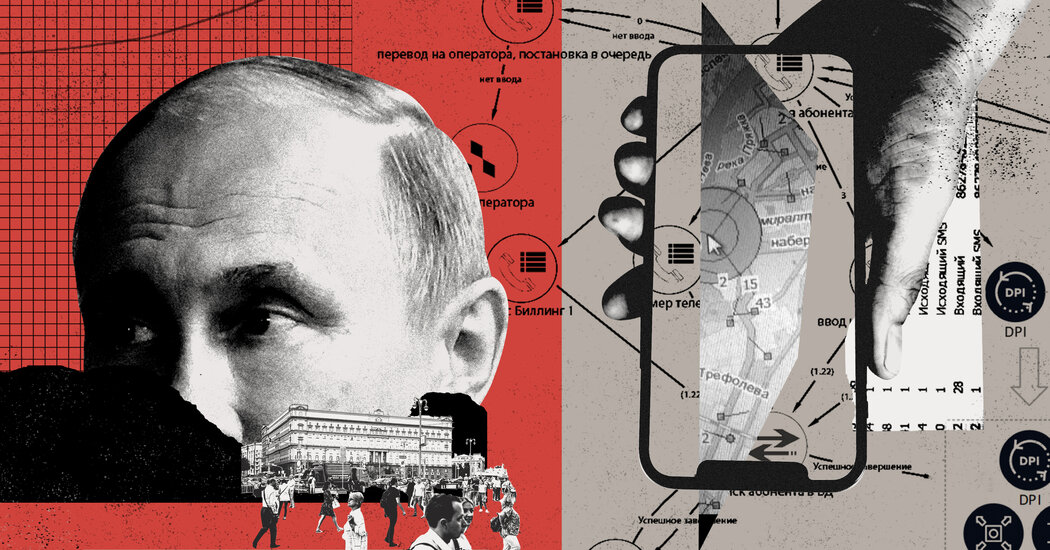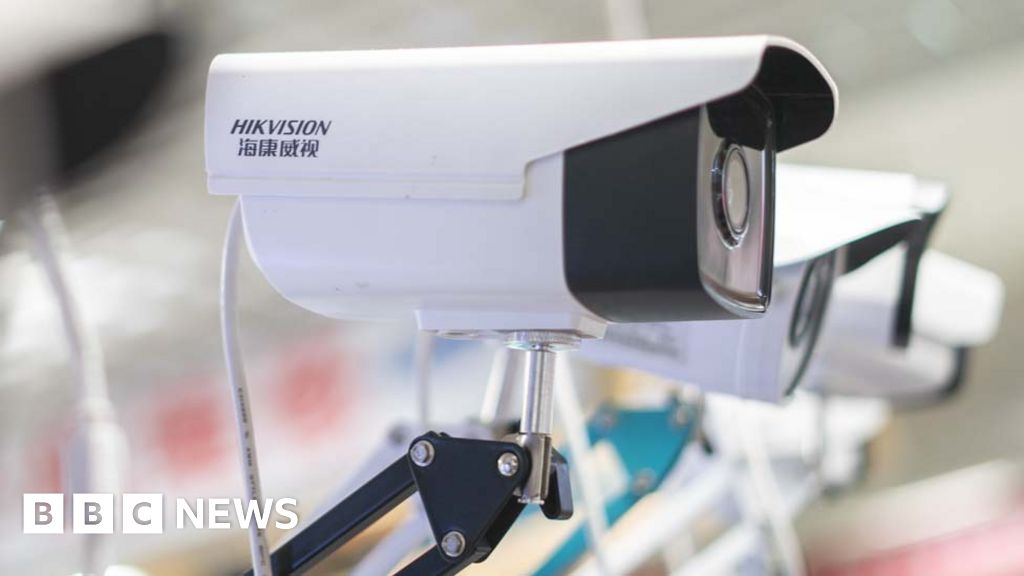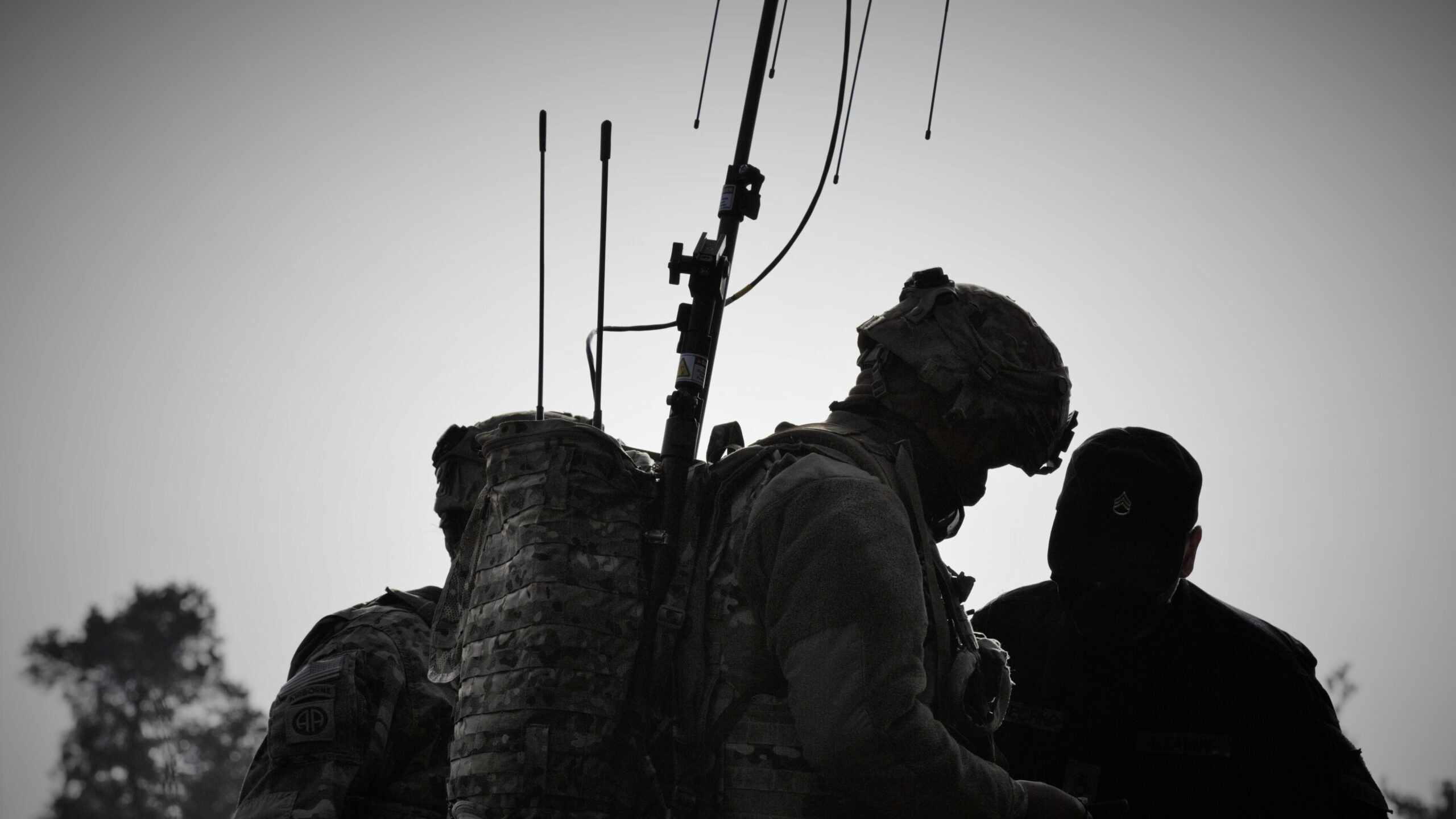Google Just Denied Cops a Key Surveillance Tool
A hacker group calling itself Solntsepek, previously linked to the infamous Russian military hacking unit Sandworm, took credit this week for a disruptive attack on the Ukrainian internet and mobile service provider Kyivstar. As Russia’s kinetic war against Ukraine has dragged on, inflicting what the World Bank estimates to be around $410 billion in recovery costs for Ukraine, the country has launched an official crowdfunding platform known as United24 as a means of raising awareness and rebuilding.
Kytch, the small company that aimed to fix McDonald’s notably often-broken ice cream machines, claims it has discovered a “smoking gun” email from the CEO of McDonald’s ice cream machine manufacturer that Kytch’s lawyers say suggests an alleged plan to undermine Kytch as a potential competitor. Kytch argues in a recent court filing that the email reveals the real reason why, a couple of weeks later, McDonald’s sent an email to thousands of its restaurant franchisees claiming safety hazards related to Kytch’s ice-cream-machine-whispering device.
WIRED looked at how Microsoft’s Digital Crime Unit has refined a strategy over the past decade that combines intelligence and technical capabilities from Microsoft’s massive infrastructure with creative legal tactics to disrupt both global cybercrime and state-backed actors. And we dove into the controversy over reauthorization of Section 702 surveillance powers in the US Congress.
And there’s more. Each week, we round up the security and privacy news we didn’t break or cover in depth ourselves. Click the headlines to read the full stories, and stay safe out there.
Geofence warrants, which require tech companies to cough up data on everyone in a certain geographic area at a certain time, have become an incredibly powerful tool for law enforcement. Sending a geofence warrant to Google, in particular, has come to be seen as almost an “easy button” among police investigators, given that Google has long stored location data on users in the cloud, where it can be demanded to help police identify suspects based on the timing and location of a crime alone—a practice that has appalled privacy advocates and other critics who say it…



